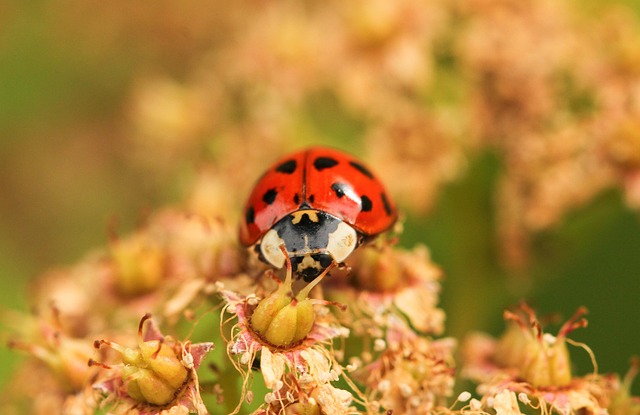The intertwining threads of climate change and invasive species weave a complex narrative that challenges the very fabric of our ecosystems. As temperatures rise and weather patterns shift, the environment we once thought stable is becoming increasingly vulnerable. This vulnerability paves the way for invasive species to infiltrate new territories, often outcompeting native flora and fauna for resources and disrupting established ecological balances.
Invasive species, by definition, are non-native organisms that cause harm to the ecosystems they invade, with consequences that ripple through the food web. As our climate changes, so too does the potential for these invasives to thrive and spread. With warmer winters, for example, species that were once held in check by colder temperatures are now able to extend their range, establishing themselves in areas they previously couldn’t inhabit.
The impact of these invaders can be catastrophic. Take the northern range expansion of species like the Asian tiger mosquito, a notorious vector for diseases such as West Nile virus and Zika. As this mosquito finds suitable environments in new areas, both human and animal health are put at risk, challenging public health systems ill-prepared for these new threats.
Furthermore, invasive plant species can alter local ecosystems by outcompeting native plants for sunlight, nutrients, and space. These plants might grow faster and produce more seeds, but they can lead to a significant decline in biodiversity. For instance, the spread of kudzu in the southeastern United States has smothered native plants and disrupted local wildlife habitats. This decline can reduce the resilience of ecosystems, making them less capable of adapting to further environmental changes brought on by climate change.
Climate change not only facilitates the spread of these invasive species but also complicates management efforts. Traditional control methods may become less effective as changing climatic conditions can favor the very species we are trying to eliminate. Additionally, resources for environmental management may be stretched thin as communities respond to extreme weather events like floods, wildfires, and hurricanes, which are on the rise. The focus of immediate responses can overshadow long-term strategies to tackle invasive species.
As stewards of the earth, it is essential to recognize that combatting the invasion of invasive species requires a multifaceted approach. We must promote research into effective management and control strategies tailored for our changing climate. Communities can engage in local conservation efforts, and governments need to prioritize policies that protect native species and ecosystems from the dual threats of climate change and invasive species.
In sum, the intersection of invasive species and climate change paints a stark picture of the challenges we face. It is a call to action for everyone, urging us to confront the impacts of our changing world on the environment around us and to protect the intricate web of life that sustains us all.




